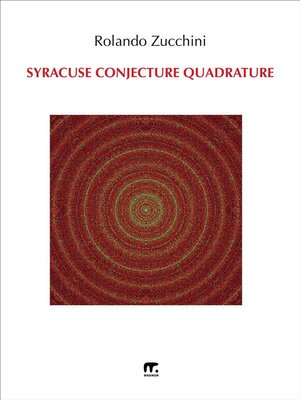
Sign up to save your library
With an OverDrive account, you can save your favorite libraries for at-a-glance information about availability. Find out more about OverDrive accounts.
Find this title in Libby, the library reading app by OverDrive.



Search for a digital library with this title
Title found at these libraries:
| Library Name | Distance |
|---|---|
| Loading... |
The conjecture of Syracuse, or Collatz conjecture, in this paper it is approached highlighting some of its features. One of them suggests a process that leads to Theorem 2n+1, whose demonstration subdivided the set of odd numbers in seven subsets which have different behaviors applying algorithm of Collatz. It allows us to replace the Collatz cycles with the cycles of links, transforming their oscillating sequences in monotone decreasing sequences. By Theorem of Independence we can manage cycles of links as we like, also to reach very high horizons and when we decide go back to lower horizons. In this article it's proved that Collatz conjecture is not fully demonstrable. In fact, if we consider the banal link n < 2n, there are eight cycles which connect each other in an endless of possible links. It is a type of Circle Quadrature, but its statement is confirmed. In other words: BIG CRUNCH (go back to 1) is always possible, but BIG BANG (to move on) has no End.







